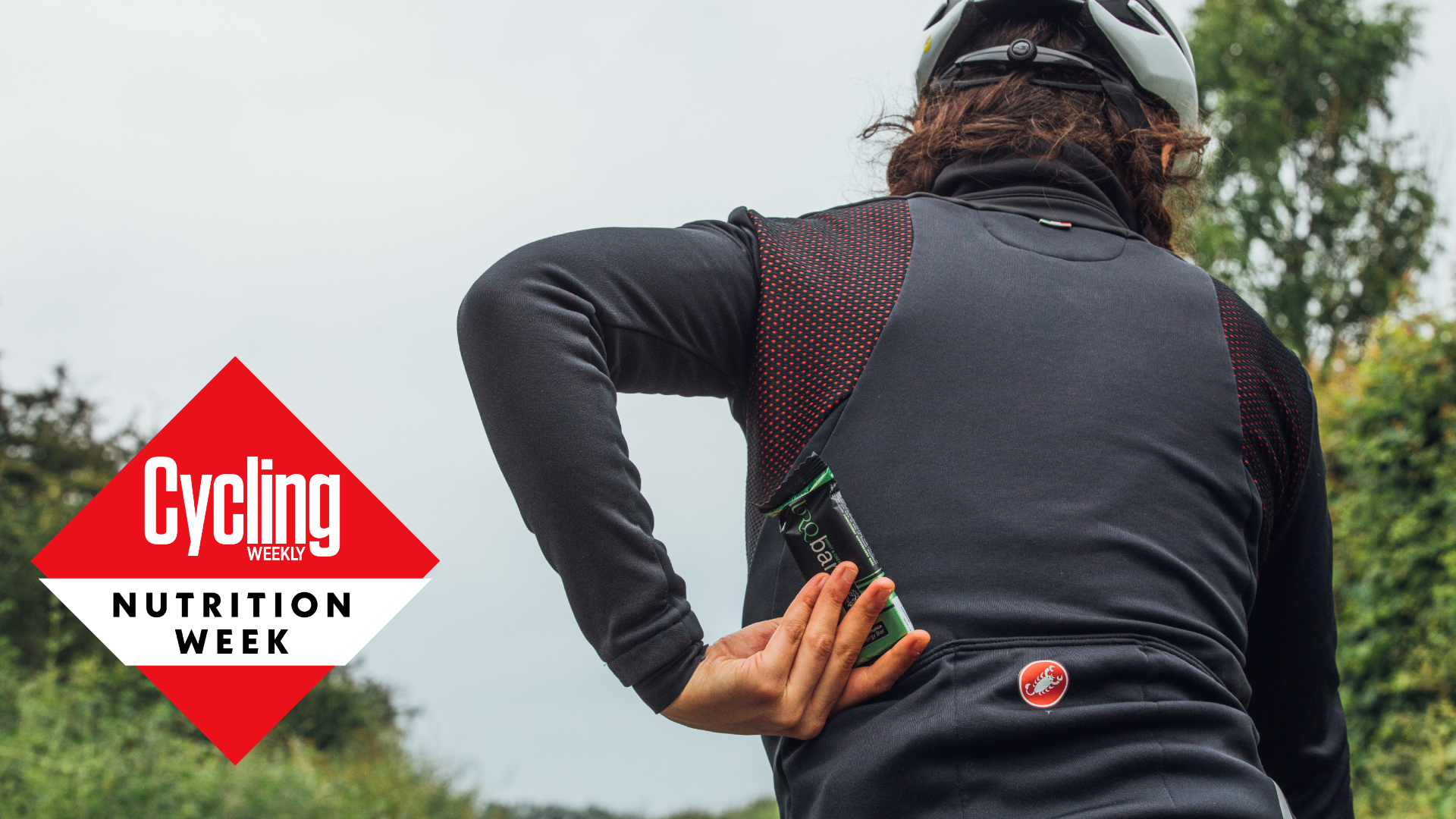Ask a coach: 'How much should I expect to eat on a 100-mile ride?'
It's important to stay fuelled, but just how much food does that mean you should bring?


Whether your going on your first 100-mile bike ride or looking to increase your average speed over 100 miles, what fuel you put in your pockets and bottles is very important in helping you achieve your cycling goal.
Nowadays there is a myriad of choices when it comes to cycling nutrition and a whole host of good, and bad, advice about fuelling on the bike – cycling coach James Spragg digs into what the science (rather than the marketing) suggests you should do.

Sports scientist and coach James Spragg is one of the experts who will be answering your questions in Cycling Weekly's ASK A CYCLING COACH series which comes out every Wednesday. Working both in research and applied settings, he currently runs Intercept Performance Consultancy.
What do I need to eat?
Carbohydrates are king when it comes to fuel on the bike. Even the leanest professional athlete will have enough fat to fuel days of riding let alone hours.
We need to take on carbs when riding because we only have limited stores of carbohydrates in our body (we mainly store carbohydrates as glycogen) and we need carbohydrates for those higher intensities where fat metabolism isn’t capable of providing energy quickly enough.
However, not all carbohydrates are equal.
The goal when choosing which carbohydrates to eat is two-fold – firstly to maximise how easily you can get them out of the stomach and to your leg muscles and secondly to make sure they don’t upset your stomach.
For this purpose, the carbohydrate or sugar to go for is glucose (you might see it listed as maltodextrin on some products). Glucose is easily absorbed and transported from the stomach to the bloodstream where it can be transported around the body to where it is needed.
The latest race content, interviews, features, reviews and expert buying guides, direct to your inbox!
The problem with glucose is that absorption is limited. It is not possible for your stomach to transport more than 60g of glucose per hour into the bloodstream. Eat any more than this and it’ll just sit in your stomach.
This is why nowadays in many products you will find glucose being combined with other sugars. When glucose is combined with fructose (in a 1:0.8 ratio) we get a combination of carbohydrates that allows us to transport up to ~120g/hr from the stomach to the bloodstream. This is because glucose and fructose use different pathways to get out from the stomach.
However, the downside is that fructose, especially in higher quantities, can quite easily upset your stomach – no one wants that!
So now we know a combination of glucose and fructose is what we need – the next question is…
How much and in what form?

For most amateur riders 60g/hr of glucose is a good target to have. We don’t typically say that heavier riders should eat more than lighter riders (even though they will be burning more energy) because it’s how much we can get out of the stomach and into the bloodstream that’s the limiting factor.
This 60 g/hr should come from a mix of energy drinks and solid food.
However, a century might take anywhere between 4.5 and 8 hrs.
On the shorter end of that spectrum, you are likely going to have quite a bit of time where you are going fairly hard. This means that you are going to be burning a lot of glycogen and that will need replacing if you're not to hit the wall. That means you may want to increase your carbohydrate intake above that 60g/hr and introduce some fructose.
The benefit of this is that you will have more energy on board, the downside is that you start to run the risk of upsetting your stomach. Therefore, it's best to stick to easily digestible food (specialist energy bars and energy gels) and even take a lot of those carbohydrates in via energy drink.
On the longer end of this spectrum, it's likely that the average intensity will be a bit lower. Therefore, you don’t need to go above that 60g/hr target. On the other hand, because you will be out on your bike for a long time hinger might become an issue and it might be a good idea to take onboard more ‘real food’ rather than specific energy products. If you're looking to make your own energy bars, check out these recipes.
Practical considerations
That’s the science part, however, there are a few practical considerations.
Firstly, you need to like the food and drink you take with you. It's pointless having a perfect fuelling plan if you hate the taste of the food in your pockets as you simply won’t eat it!
Secondly, you should always try whatever you plan to use on race day in training. However tempting, never try a new product on event day! Trial your fueling plan in training, see how many carbohydrates per hour you can tolerate and then put that into practice on century day!
James Spragg is a sports scientist and coach, working both in research and applied settings. When not working with athletes James can be found skiing, climbing, cycling or drinking coffee!
Alongside Dan Lorang and Peter Leo, James runs Intercept Performance Consultancy. Over the last 8 years in various roles, as coaches, performance consultants, performance managers, and sports scientists, Dan, James and Peter have played a role in helping athletes achieve more than 10 World Championship titles, several Olympics medals (including a Gold and Silver Medal in Tokyo 2020) and several Top 5 results in some of the biggest sporting events on the planet (Tour de France, Olympics, World and European Championships). Our single focus is on improving performance in all settings.